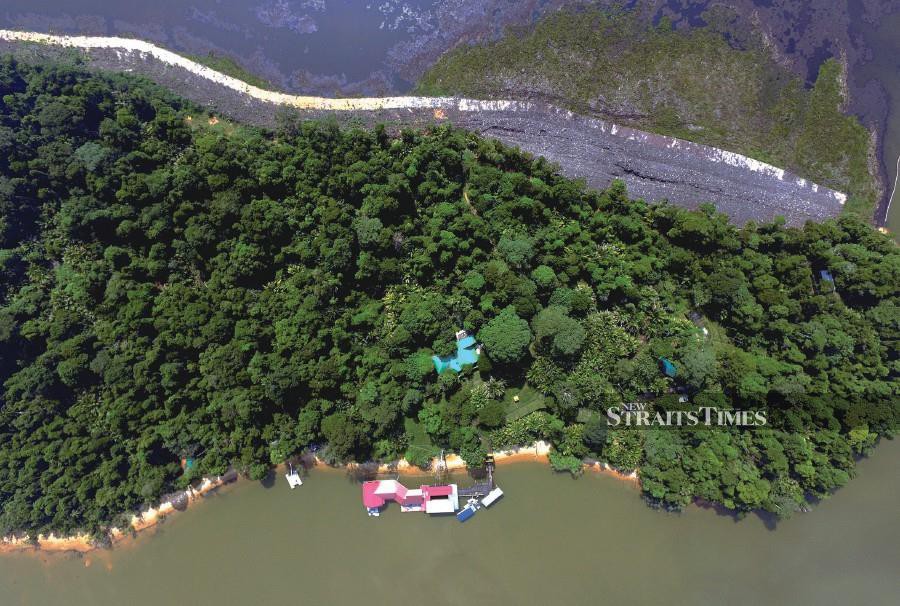In mid-July, the Secretariat of the United Nations-administered Convention on Biological Diversity (CBD) provided the first detailed look at a new Global Biodiversity Framework, on which nations will vote at a summit scheduled for Kunming, China, in October.
Once this is formally in place, it will establish goals and 21 specific targets that will guide global efforts this decade to preserve and protect nature and its essential services to people.
The target drawing most attention is one championed by the international Campaign for Nature — conserving at least 30 per cent of land and sea areas worldwide within equitably managed, ecologically-representative and well-connected protected area systems.
This new framework builds on the Strategic Plan for Biodiversity 2011-2020, agreed in Aichi, Japan, in 2010. That agreement committed nations to reaching 17 targets by 2020. And although great progress was registered, the world overall missed all 17.
The new target of conserving 30 per cent of lands and oceans is a tall order. But, in the 2010s, the world proved its willingness to set aside space for nature. Many protected areas today are not well governed.
The role of local communities and indigenous people in protecting nature is recognised and should be incorporated into biodiversity management. The new framework will be further revised before its presentation for approval by the CBD's 195 member states at COP15 (15th meeting of the Conference of the Parties).
Criticisms of the framework include lack of targets explicitly aimed at economic sectors and activities driving biodiversity loss through land use change, degradation and habitat loss.
Also missing is a global goal for nature akin to net zero CO2 emissions to curb climate change. Non-governmental organisations, including the Campaign for Nature, would like the framework's mission statement to include zero net loss of nature from 2020 levels, net positive nature by 2030 and full recovery by 2050.
We can see the growing consequences of our mistreatment of nature — freakish weather and raging wildfires, record temperatures and storms, a crippling coronavirus pandemic, ongoing deforestation, and wildlife continually driven out of their habitats.
Scientists are united on the diagnosis and prescription, yet we have not seen a truly rational, appropriate response to the climate and nature crises engulfing us.
I have been working to persuade all 10 Asean countries to join the High Ambition Coalition for Nature and People, which champions "a global deal for nature and people to halt the accelerating loss of species and protect vital ecosystems that are the source of economic security". Only Cambodia has signed on. Singapore had expressed its support for the global target.
As one of the original participants representing Malaysia in the negotiations of the CBD some 30 years ago, it is my belief that eventually all, if not most of Asean will sign up.
While the Covid-19 pandemic is still creating untold destruction to people's lives, it is not lost on us that its underlying cause is our assault on nature.
Two examples will illustrate how Asean has stepped up to play its role in international cooperation in biodiversity conservation.
One is the "Heart of Borneo" project, launched in 2007 with World Wide Fund for Nature assistance in territories of Brunei Darussalam, Indonesia and Malaysia.
It is one of the largest transboundary rainforests remaining in the world, a source of life and livelihood for people, providing ecological services for at least 11 million indigenous peoples and local communities.
Second, on the marine side, Indonesia, Malaysia and the Philippines joined forces with Papua New Guinea, Solomon Islands and Timor-Leste to establish the Coral Triangle Initiative in 2007 with the support of Conservation International.
The Coral Triangle has the highest coral and reef fish diversity globally and provides vital spawning grounds for whales, turtles and other species.
This unique multilateral partnership is another demonstration of Asean readiness in international collaboration to conserve marine biodiversity, tackle climate change and address food security.
Therefore, the 30x30 initiative is just another worthy cause which fits well with Asean's long tradition of protecting nature.
The writer, a senior fellow of the Academy of Sciences Malaysia, was a recipient of the 2018 Midori
Biodiversity Prize and is the Science advisor and ambassador for the Campaign for Nature






